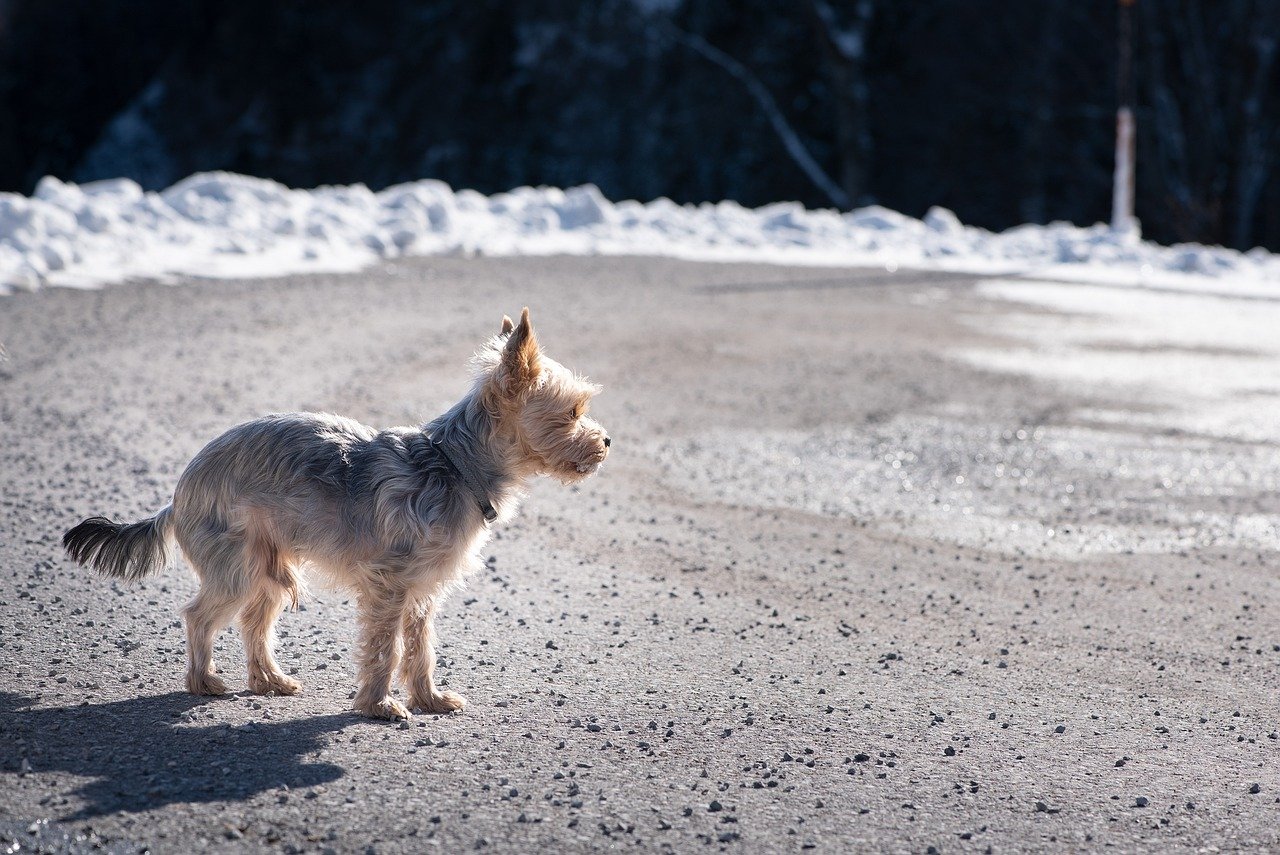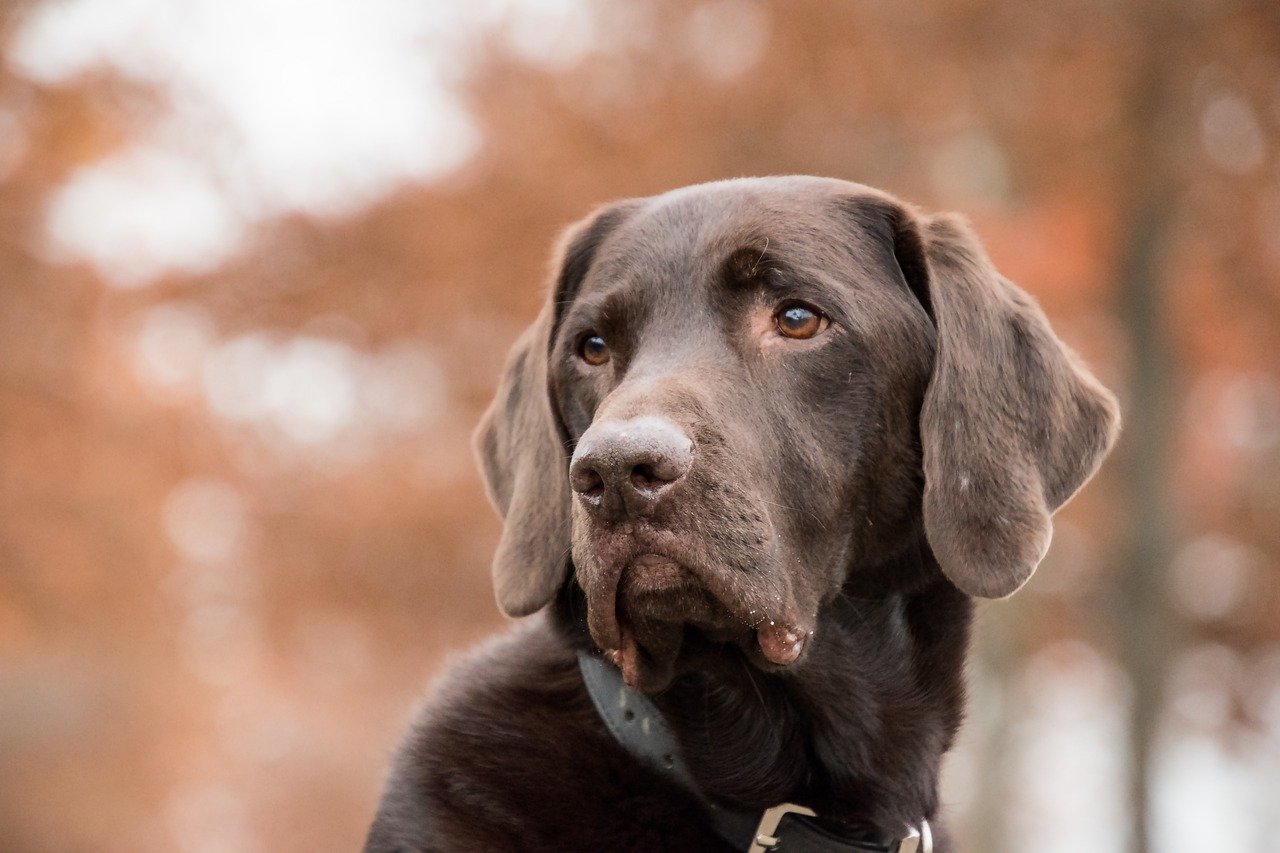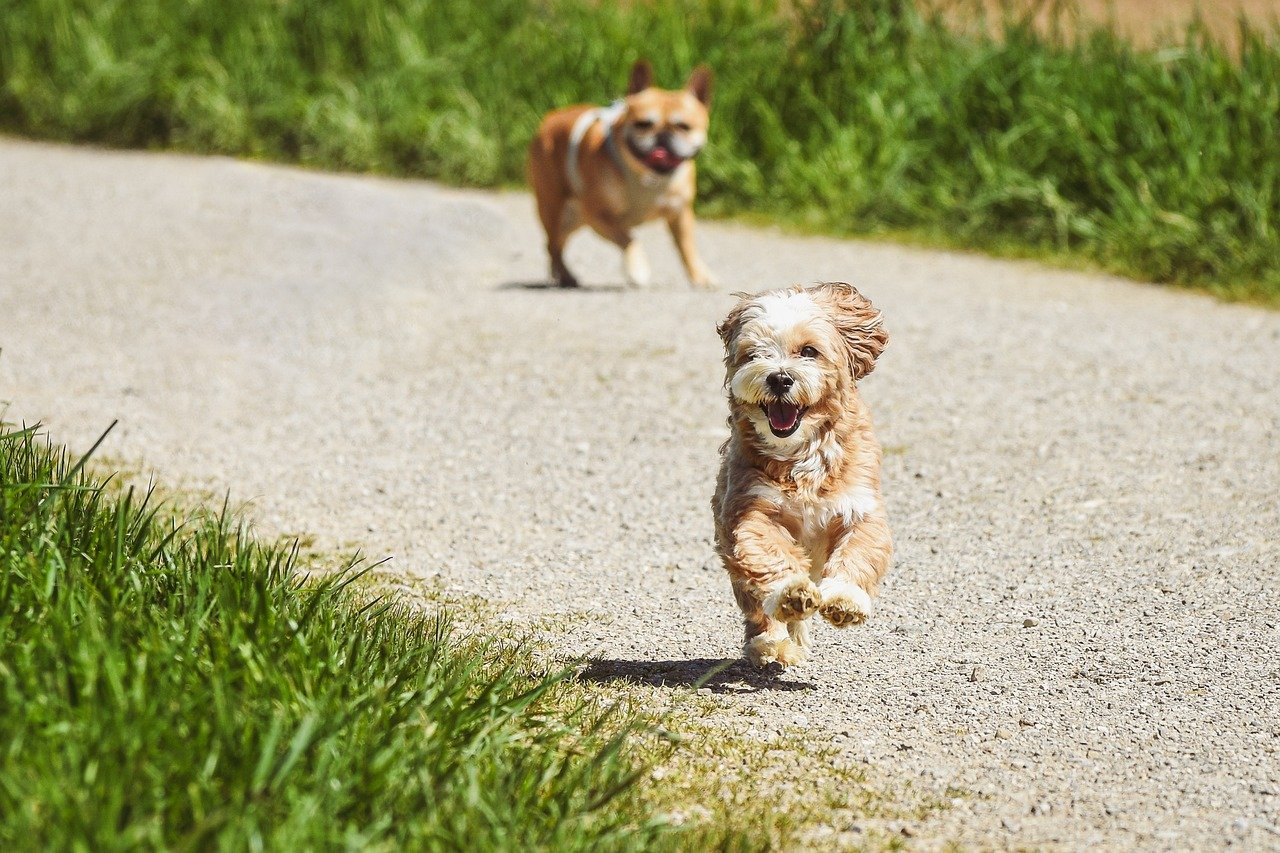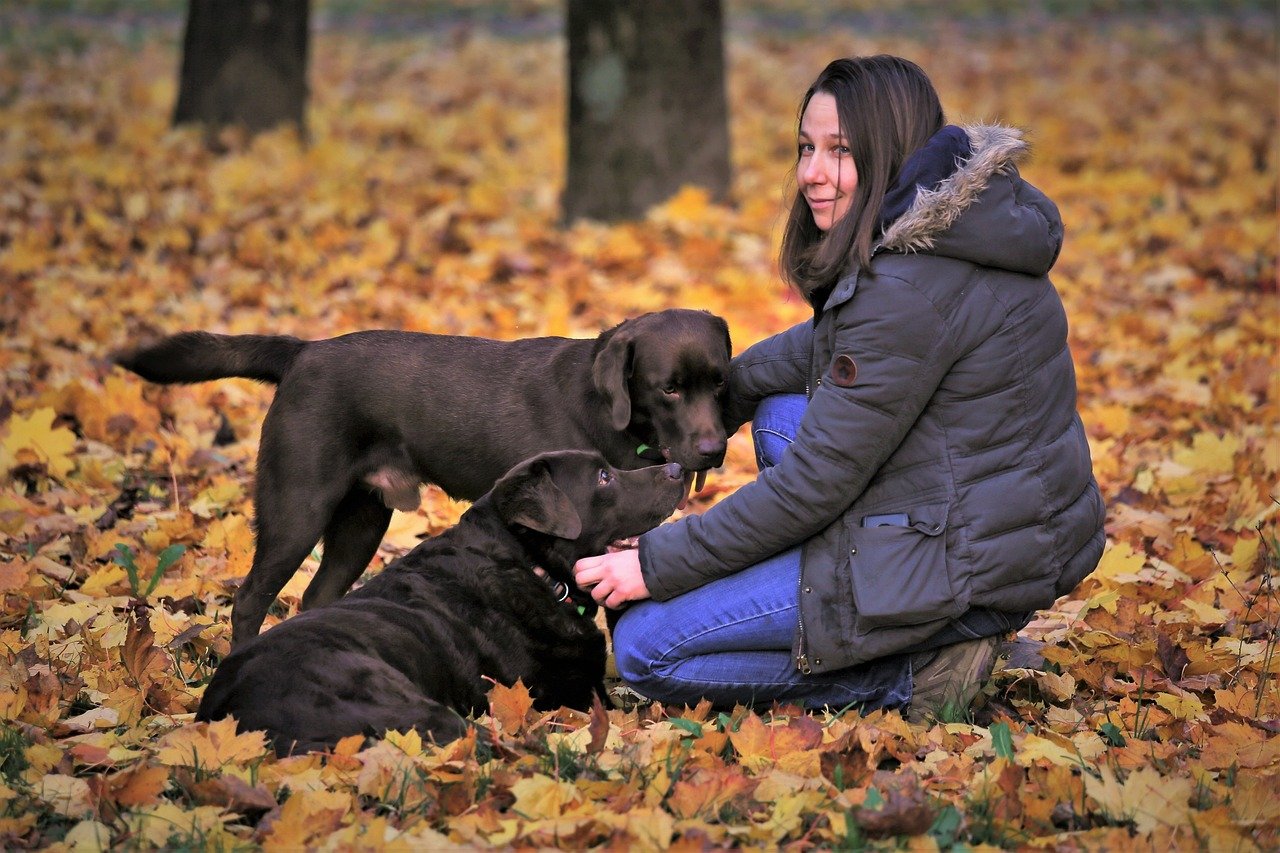Dealing with a dog’s fear or anxiety can be a challenging task for any pet owner. Dogs, much like humans, can experience feelings of unease and distress due to various reasons. Whether it’s the booming sound of fireworks or a visit to the vet, these moments can turn our otherwise joyful companions into bundles of nerves. It is crucial for dog lovers to understand and address these emotions to ensure the well-being of their furry friends. With the right approach and a sprinkle of patience, you can help your dog feel calmer and more secure. Let’s delve into ten effective tips that can assist in managing your dog’s fear or anxiety.
Recognize the Signs of Anxiety

Understanding the signals your dog displays when anxious is the first step in addressing their fear. Dogs may exhibit signs such as excessive barking, trembling, pacing, or even destructive behavior. Some dogs may also become withdrawn or clingy. Recognizing these behavioral changes is vital for timely intervention. It’s like learning to read a language; once you understand what they’re communicating, you can respond appropriately. Just as you would notice your friend’s discomfort in a stressful situation, being attuned to your dog’s signals can guide you in providing comfort and reassurance.
Create a Safe Space

Providing a designated safe zone for your dog can be incredibly comforting. This could be a cozy corner in your home with their favorite blanket or a specific room where they feel secure. When anxiety strikes, having a familiar spot to retreat to can be a soothing balm for their nerves. Think of it as a personal sanctuary, much like your own favorite reading nook or a quiet spot in the garden. Ensure this area is free from loud noises and disturbances, allowing your dog to decompress in peace.
Use Calming Products
There are several calming products available on the market designed to help ease dog anxiety. Products such as pheromone diffusers, anxiety wraps, and calming collars can work wonders in creating a relaxed environment. These tools release soothing scents or provide gentle pressure, which can mimic the comfort of being held. It’s similar to how a weighted blanket can help humans feel grounded and at ease. Always ensure that these products are suitable for your pet’s needs and consult with a veterinarian if necessary.
Implement a Consistent Routine
Consistency can be a comforting factor for dogs, especially those prone to anxiety. Having a predictable daily routine can help your dog know what to expect next, reducing the element of surprise that might trigger anxiety. Regular feeding times, walks, and play sessions can bring a sense of normalcy and security. Imagine how unsettling it would be if your daily schedule was constantly changing; the same applies to your canine companion. Consistency provides a reliable framework that can minimize stress.
Introduce Gradual Desensitization

Gradual desensitization involves slowly exposing your dog to the source of their fear in a controlled and safe manner. The key is to start with a low-intensity version of the stimulus and gradually increase exposure as your dog becomes more comfortable. This method can be particularly effective for fears like thunderstorms or car rides. It’s akin to dipping your toes into cold water before diving in; slowly acclimating can make the experience more manageable. Patience is crucial, as rushing the process can exacerbate the fear.
Engage in Positive Reinforcement
Positive reinforcement can be a powerful tool in managing anxiety. Rewarding your dog with treats, praise, or affection when they exhibit calm behavior can reinforce a sense of safety and security. By associating positive outcomes with previously anxiety-inducing situations, you can help reshape their perception. Imagine receiving a reward every time you faced a challenging task; it would likely encourage you to approach it with more confidence next time. This approach not only helps manage anxiety but also strengthens your bond with your pet.
Provide Plenty of Physical Exercise

Regular physical exercise is essential for a dog’s overall well-being and can significantly reduce anxiety levels. Activities like walking, running, or playing fetch help expend excess energy, making your dog feel more relaxed. Exercise releases endorphins, the body’s natural feel-good chemicals, which can boost mood and reduce stress. It’s much like how a good workout can clear your mind and improve your outlook. Tailor the level of activity to your dog’s age, breed, and physical capacity to ensure it’s both enjoyable and beneficial.
Consider Professional Training

Sometimes, seeking professional help is the best course of action. A qualified dog trainer or behaviorist can provide personalized strategies and techniques to manage your dog’s anxiety. These professionals understand canine behavior on a deeper level and can offer insights that might not be apparent to the average owner. Just as you might seek a therapist for personal challenges, a professional trainer can guide your dog through their fears. Their expertise can be invaluable in creating a tailored plan that addresses specific anxiety triggers.
Explore Natural Remedies
Natural remedies, such as herbal supplements or essential oils, can be an alternative for managing your dog’s anxiety. Chamomile, valerian root, and lavender are popular choices known for their calming properties. However, it’s crucial to consult with a veterinarian before introducing any new remedy to ensure it’s safe for your pet. Think of it like trying a new herbal tea to help you unwind; it can be beneficial, but it’s always wise to ensure there are no adverse effects. Natural remedies can be a gentle way to support your dog’s emotional health.
Consult with Your Veterinarian
If your dog’s anxiety is severe or persistent, consulting with a veterinarian is essential. They can rule out any underlying medical conditions that might be contributing to the anxiety. Additionally, a vet might prescribe medication to help manage the symptoms if other methods prove ineffective. Much like how a doctor can provide relief for chronic stress in humans, a vet can offer solutions tailored to your dog’s specific needs. Keeping open communication with your veterinarian ensures that your dog receives comprehensive care.
In conclusion, helping your dog navigate through fear and anxiety requires patience, understanding, and a proactive approach. By implementing these tips, you can create a supportive environment that helps your furry friend thrive. Remember, each dog is unique, and finding the right combination of strategies may take time, but the journey is worth the effort for the happiness and well-being of your beloved companion.
Jen is a passionate nature lover and ocean conservationist. She has dedicated her life to protecting the environment and preserving the beauty of the natural world. Growing up in a small coastal town, Jen sincerely appreciated the ocean and its inhabitants. She has spent countless hours exploring the shoreline, learning about the creatures that inhabit the waters, and advocating for their protection. Jen is an active member of ocean conservation organizations, and she is committed to educating the public about the importance of conserving wildlife and the natural environment.






